May 4th represents one of the most significant dates in history of the region: the day Josip Broz Tito passed away. Every person older than, say, 45 will probably tell you they remember their exact location at the moment they heard the news.
The previous day, May 3rd, is celebrated as Liberation day in Rijeka, marking the day when Yugoslav troops entered the city and put an end to Axis occupation. Combine the two dates and you get a perfect opportunity for a conveniently timed exhibition about Tito, organised by the Museum of Modern and Contemporary Art (MMSU) in Rijeka.
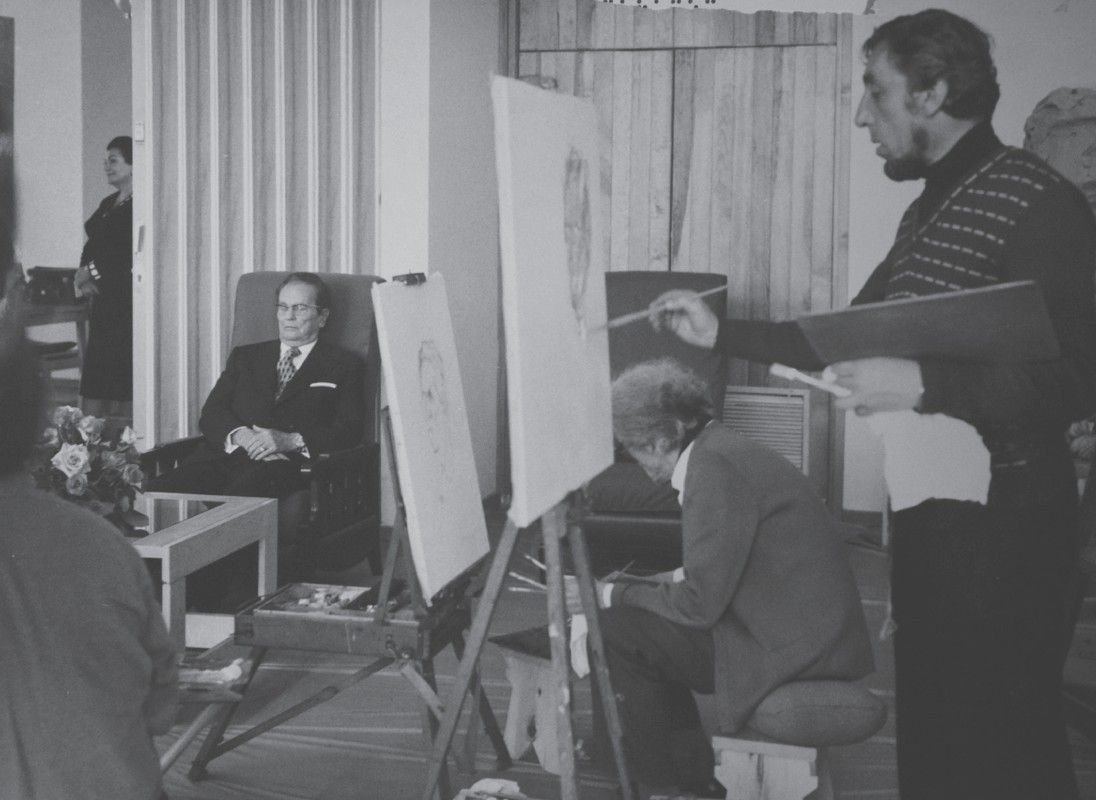
(Photo source: MMSU)
Titled "Tito as seen by visual artists", the exhibition consists of 40 portraits chosen from a collection of the same name that's otherwise kept in the International Gallery of Portraits in Tuzla. The works were created on two separate occasions, at the artist retreats in Belgrade in 1947 and Bugojno in 1977. The paintings are accompanied by a selection of documentary photos depicting the process of Tito getting his portraits done by multiple artists at once.
The largest portraits are arranged on easels in the main space of the gallery, giving the impression you've walked into the studio as soon as the artists set their brushes down. There's an empty armchair in the middle of the room, at the exact spot where the model would've been sitting.
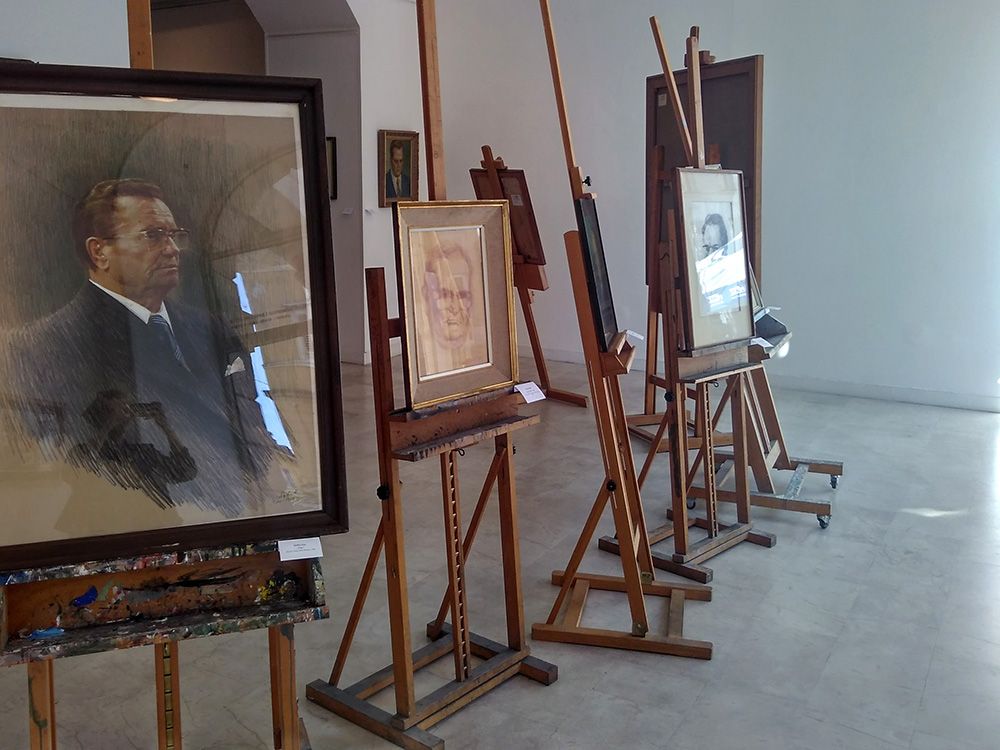
In final days leading to the opening, citizens of Rijeka were invited to lend their personal items depicting Tito, including paintings, photos, sculptures and books. The assembled collection is on display and constitutes the secondary part of the exhibition.
The intrigue doesn't raise from the subject himself - seeing that Tito used to be a permanent presence in the majority of Yugoslav oriented households, the mere image of him doesn't represent a novelty. What grabs your attention are the noticeable differences among the portraits, visual nuances that leave it to the viewer to speculate how each individual artist used to regard Tito as a person.
Another thing to consider is the powerful potential of images when they are used as tools to create social constructs. We're subjected to an overload of visual information on a daily basis; most photos are transient and forgettable, their massive quantity not allowing for a long attention span. A couple of decades ago, the power of images used to be considerably higher, offering a device for creating a cult of personality. (True, the present age is seeing us dazed by celebrity faces, but we're not so keen on keeping photos of statesmen in our living spaces anymore.) Tito was not seen as a distant, untouchable being – he was right there in your kitchen, flashing you a smile from the wall. A charismatic leader, finding his way into every home under his governance. Whether this choice of subject intices criticism or nostalgia and regardless of your personal politics, that's a thought to keep in mind.
To further delve into our historical and artistic heritage from a contemporary viewpoint, the gallery space will house a panel on Tuesday, May 9th, where acclaimed historians and university professors will discuss the topics of personality cults and art in the service of ideology.
The exhibition is on display until May 16th in Mali Salon.
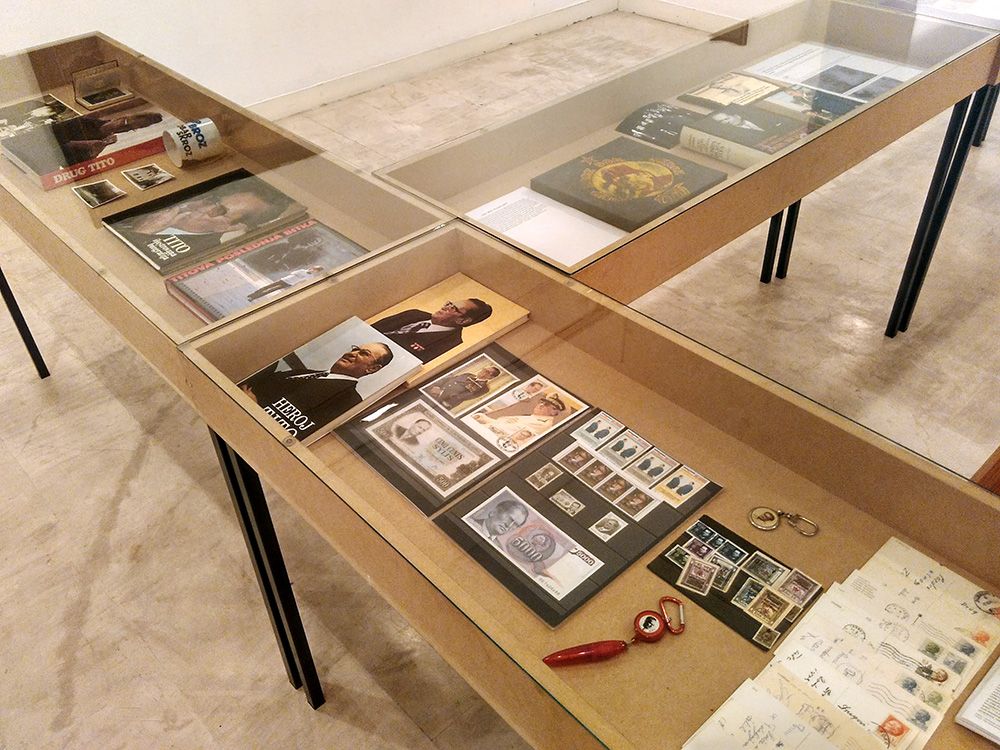
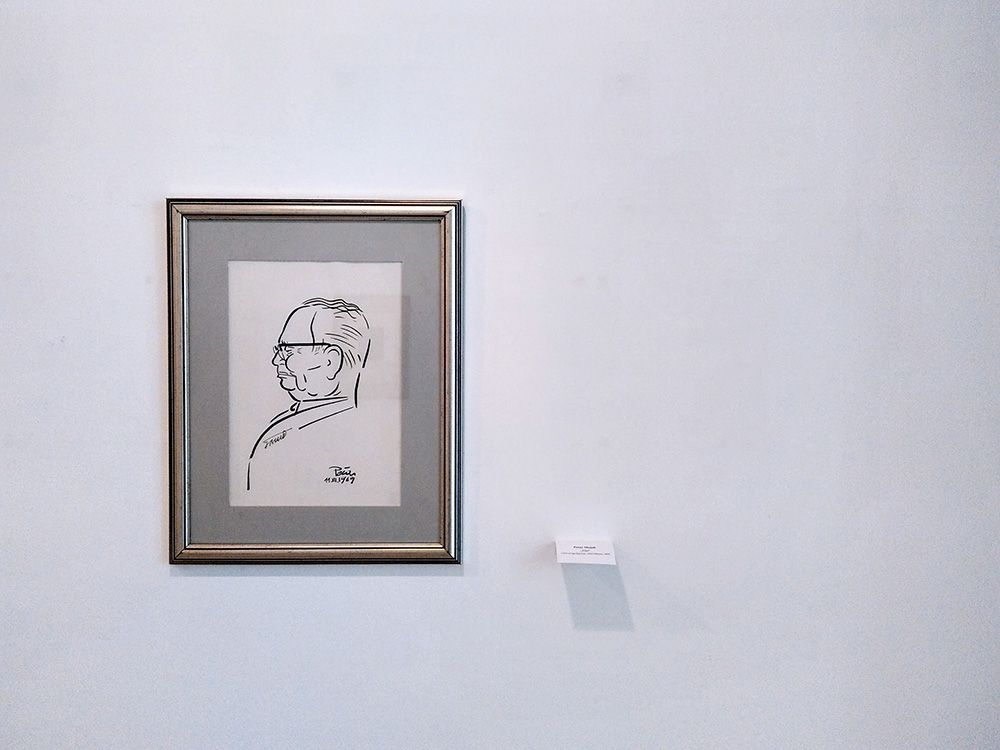
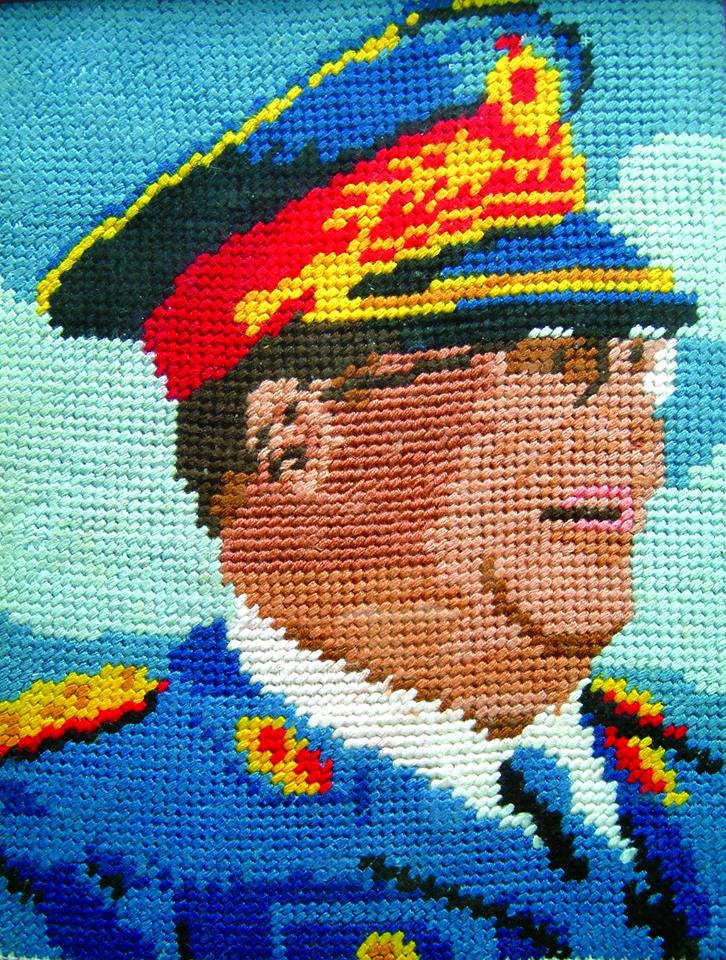
(Photo above: Rijeka 2020 - Port of Diversity)


